iPhone 11 Pro Review: Capturing beyond what the eye can see
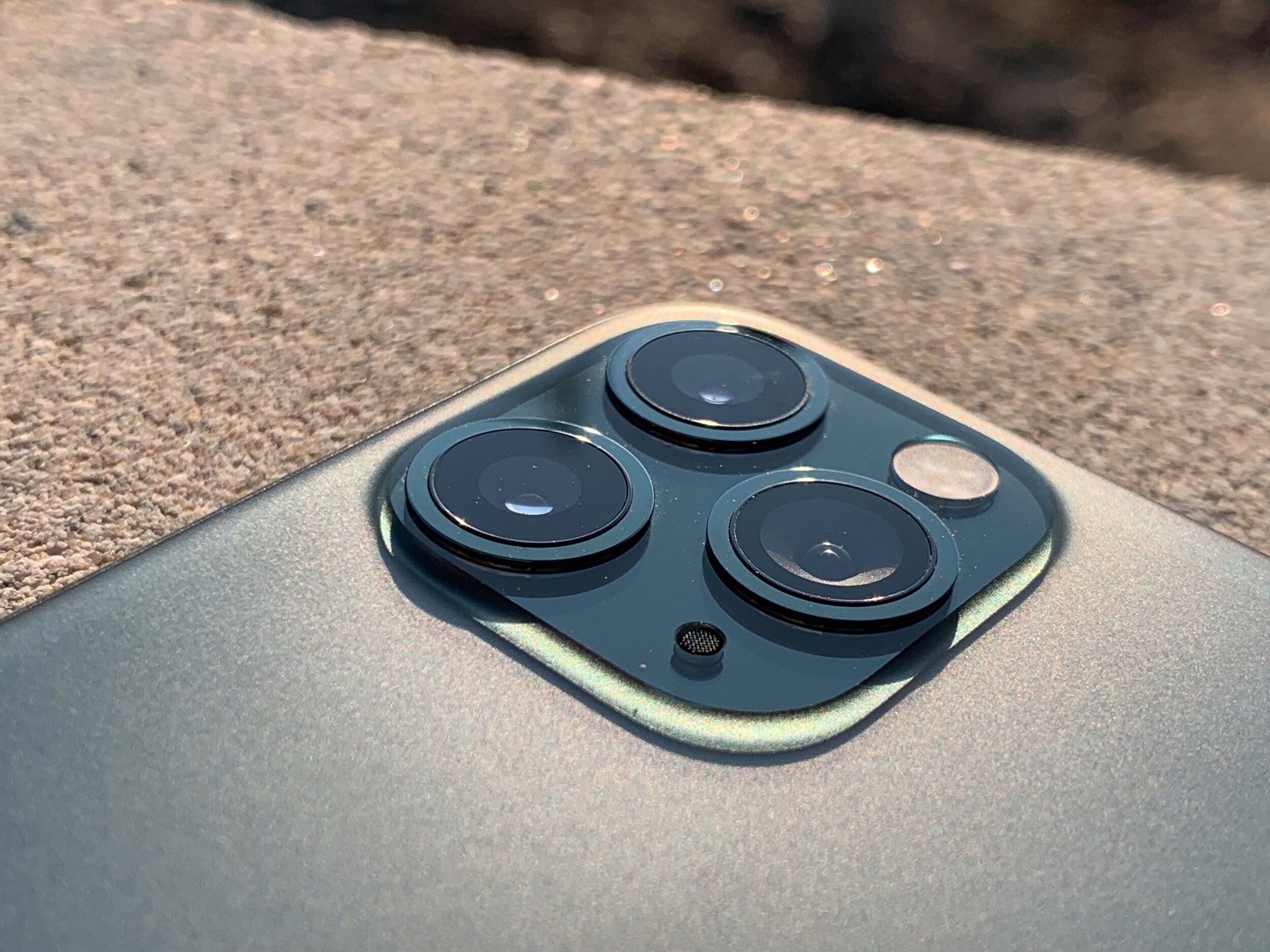
One of my guiding principals of photography is to capture the world as I see it. This was core to my training as a photojournalist and the iPhone has been perfect camera for this: a single 26mm lens, no optical zoom and a sensor that allowed little editing.
While being a good snapshot camera, there have also been tools and methods that photographers have used to capture images beyond what the eye can see. The iPhone 11 and 11 Pro are the first to really do this for Apple’s camera system. Night Mode and the Ultra Wide Lens are two hallmark features that bring the iPhone into a different category of camera.
Through the iPhone’s processor, Night Mode captures colors and light in darker scenes while holding the camera in your hands. Any other camera would need a tripod and a long exposure to achieve this. The Ultra Wide lens captures a much larger scene than the eye can see and gives an effect that only an expensive fish eye lens could. Both features provide new ways to capture images with just the camera in your pocket, no additional tools required.
These are my impressions of the new iPhone having used it for three months. Like any iPhone update, the improvements are noticeable throughout the camera system. But with the addition of the Ultra Wide lens and processing power of Night Mode, the iPhone 11 and 11 Pro take portable photography into a new era.

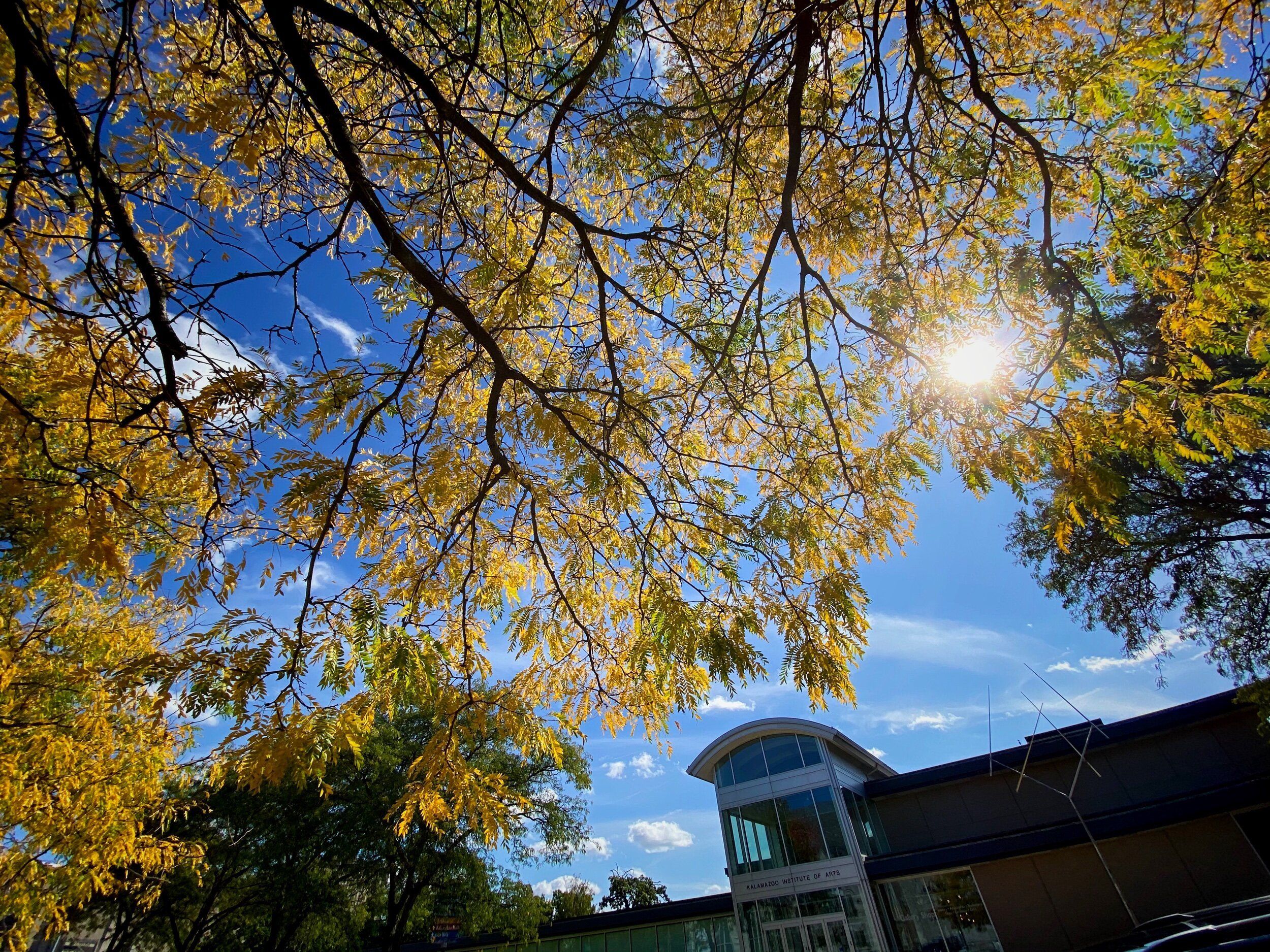
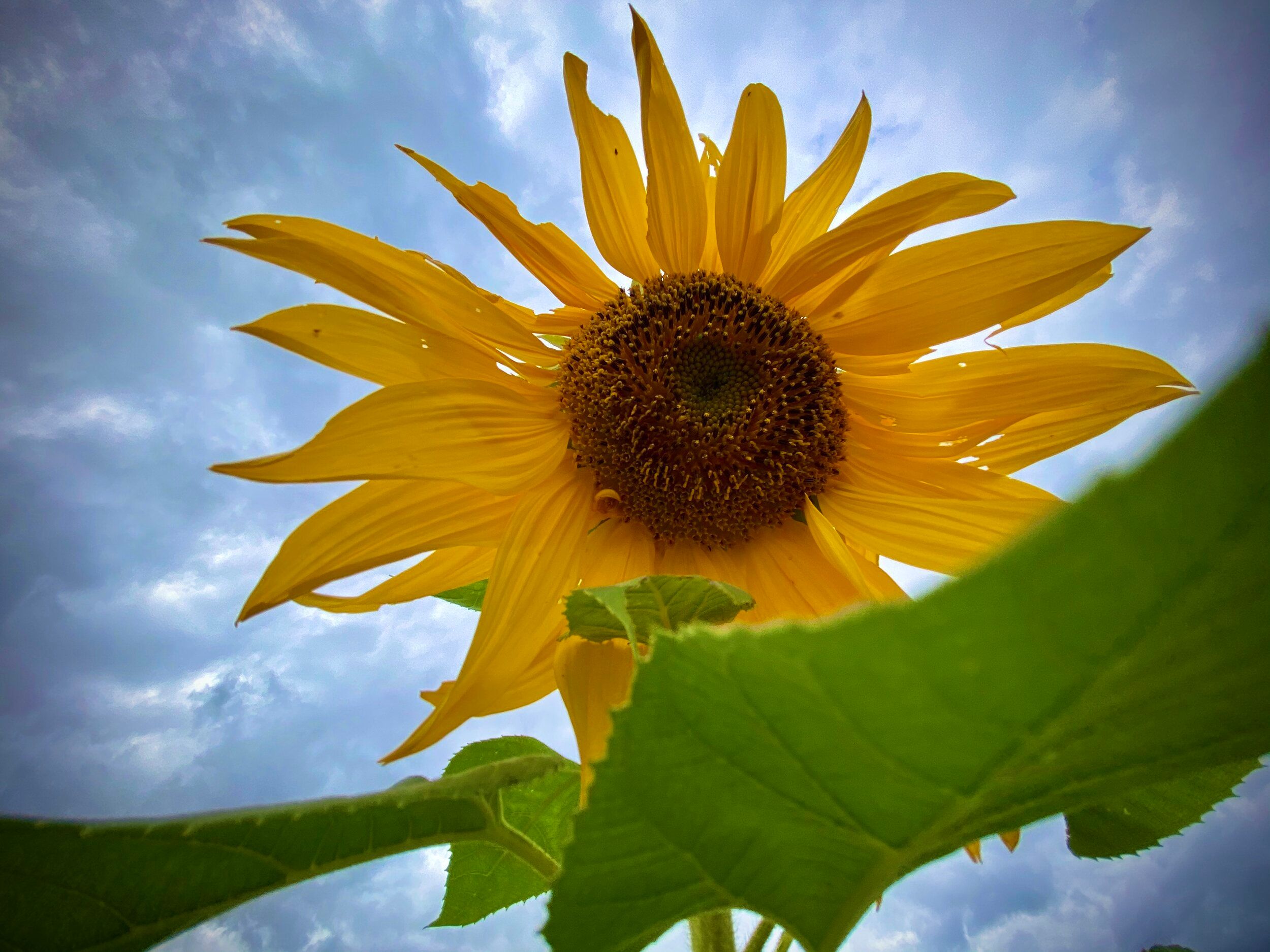
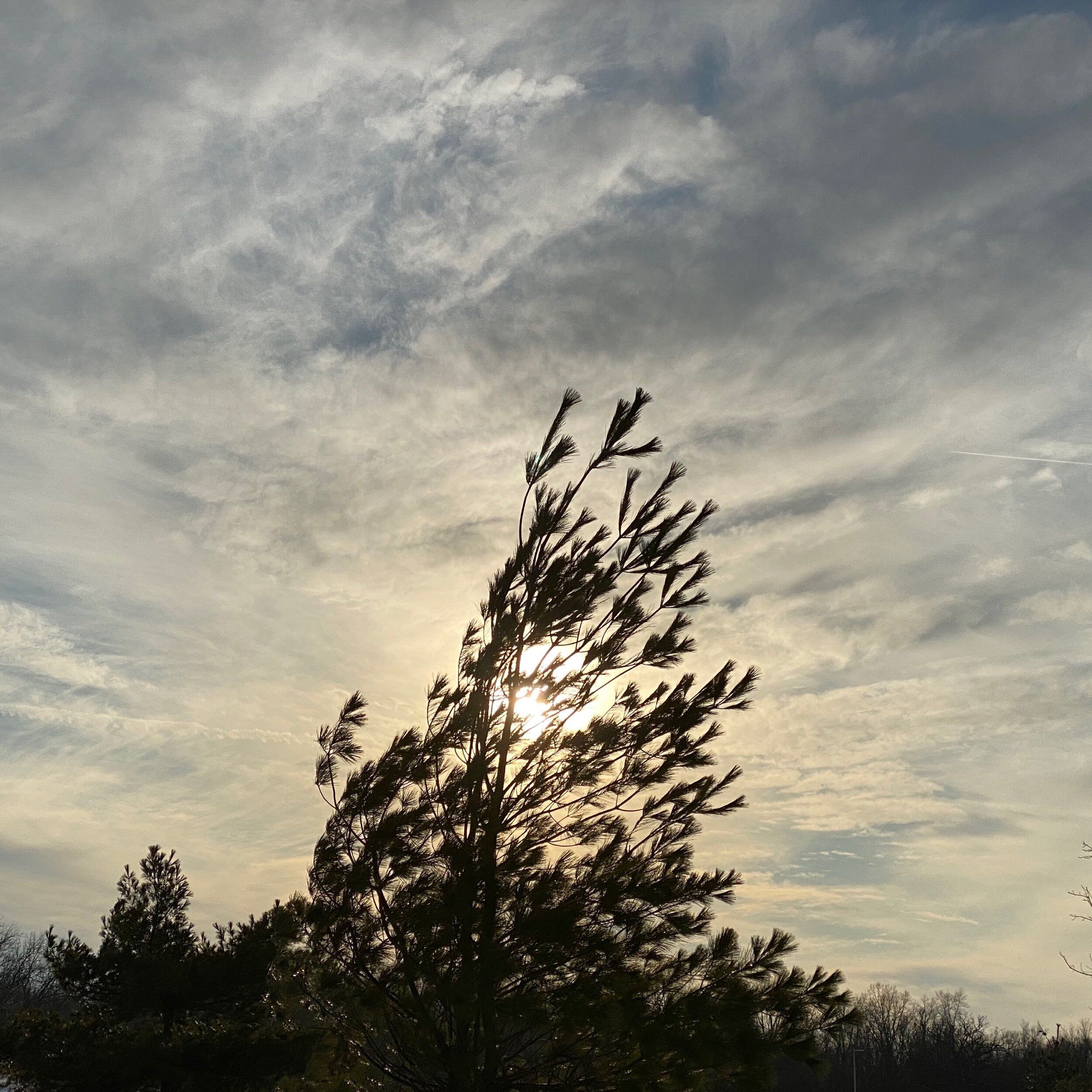
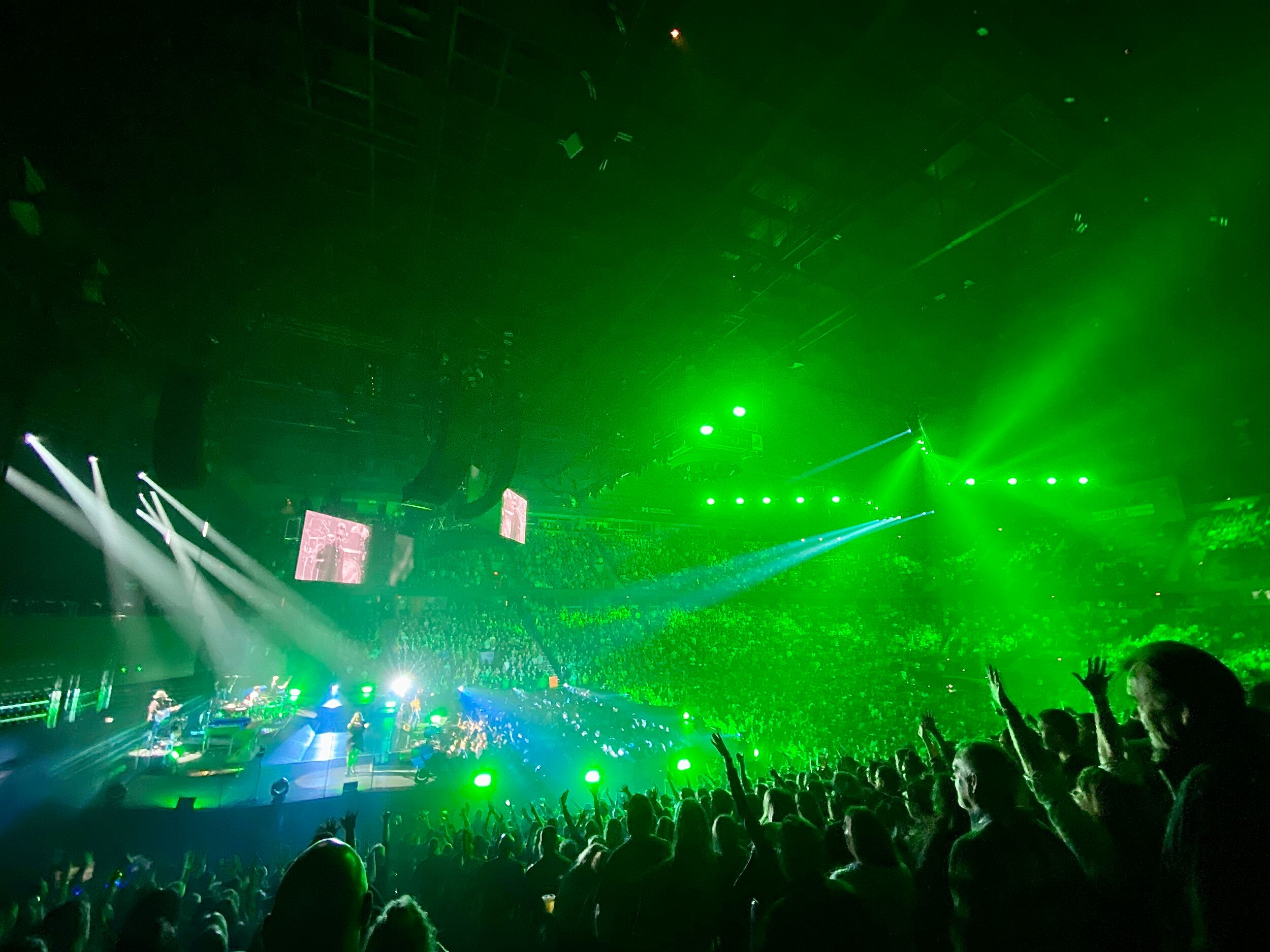
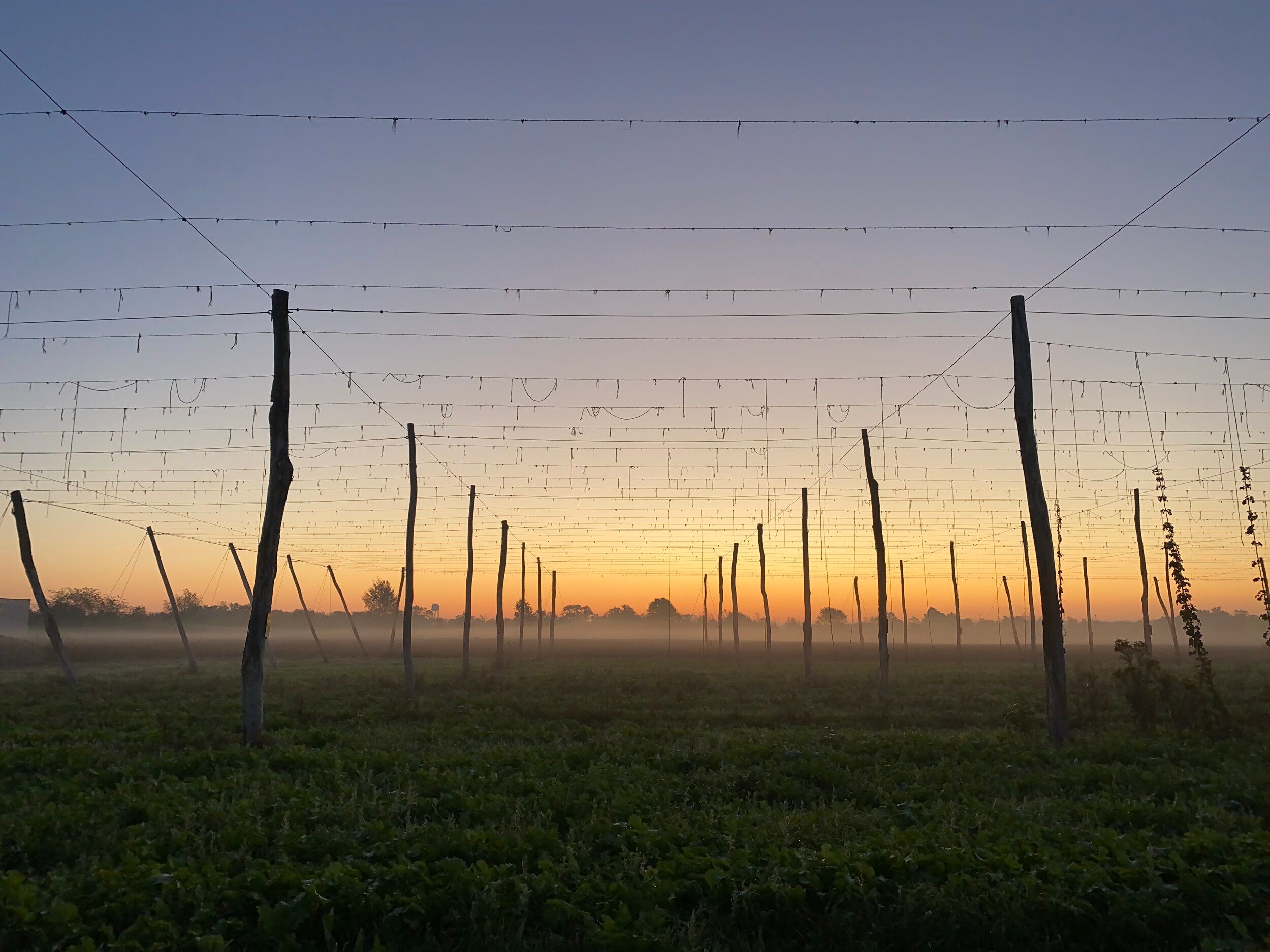


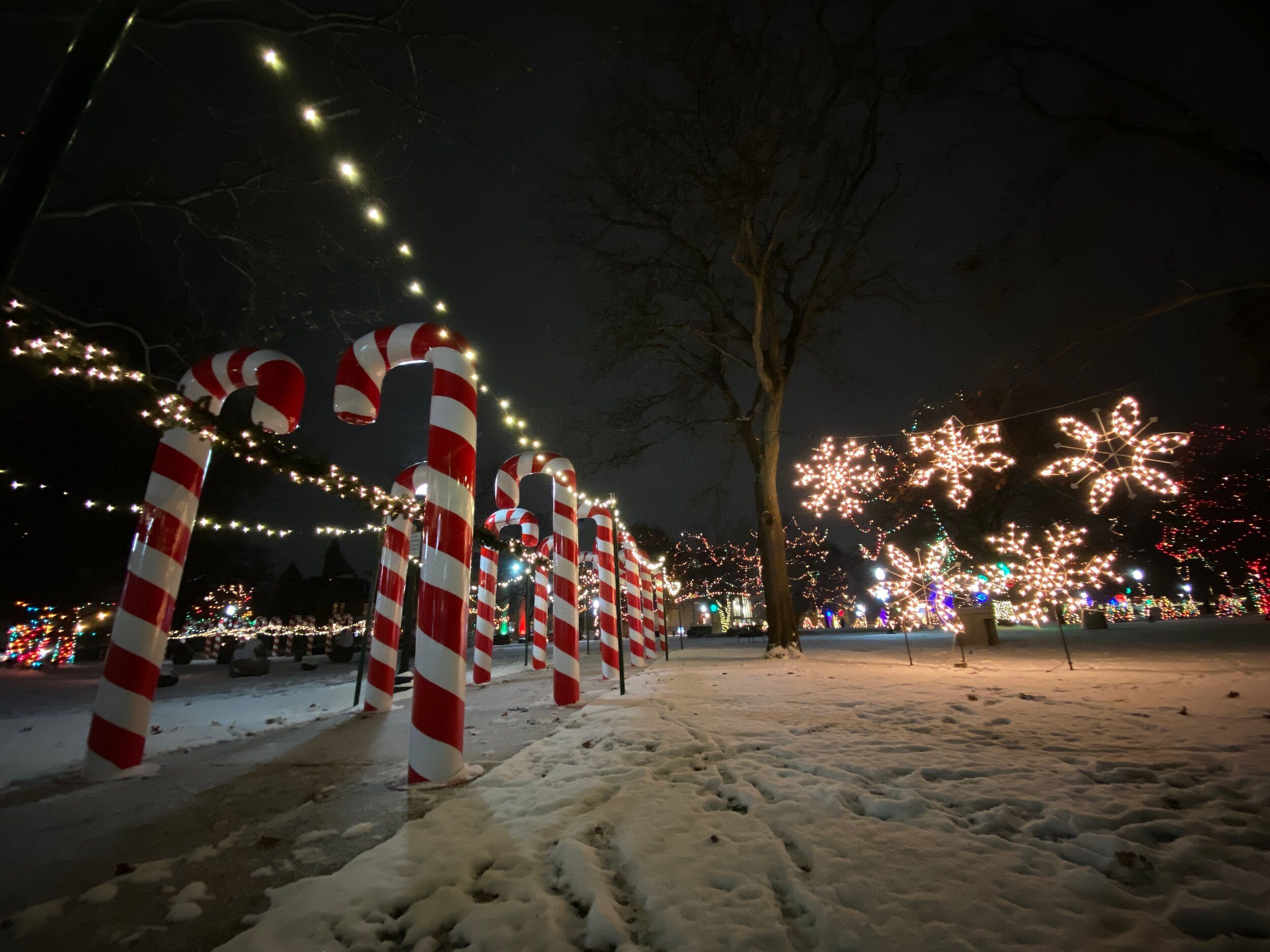

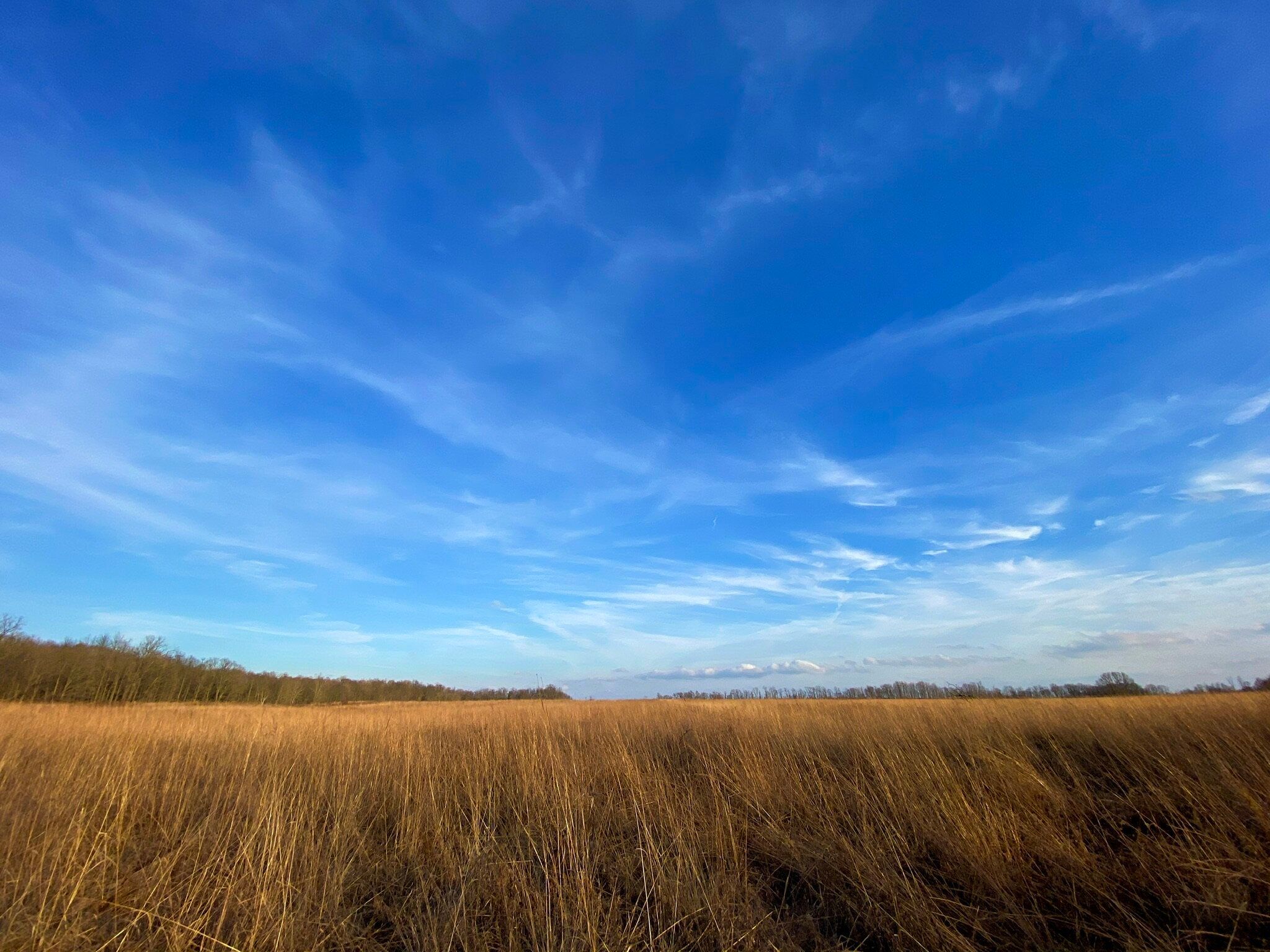

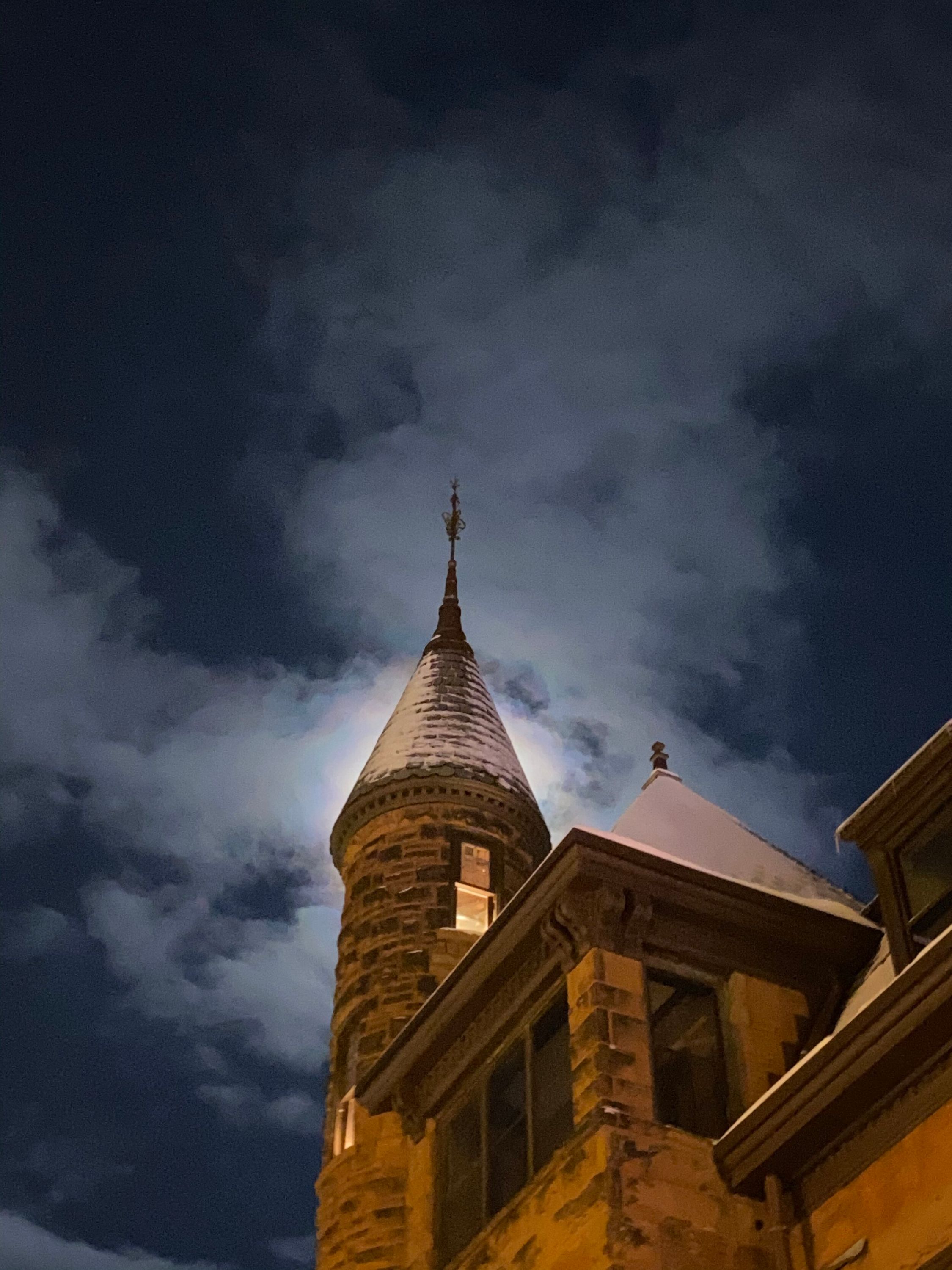
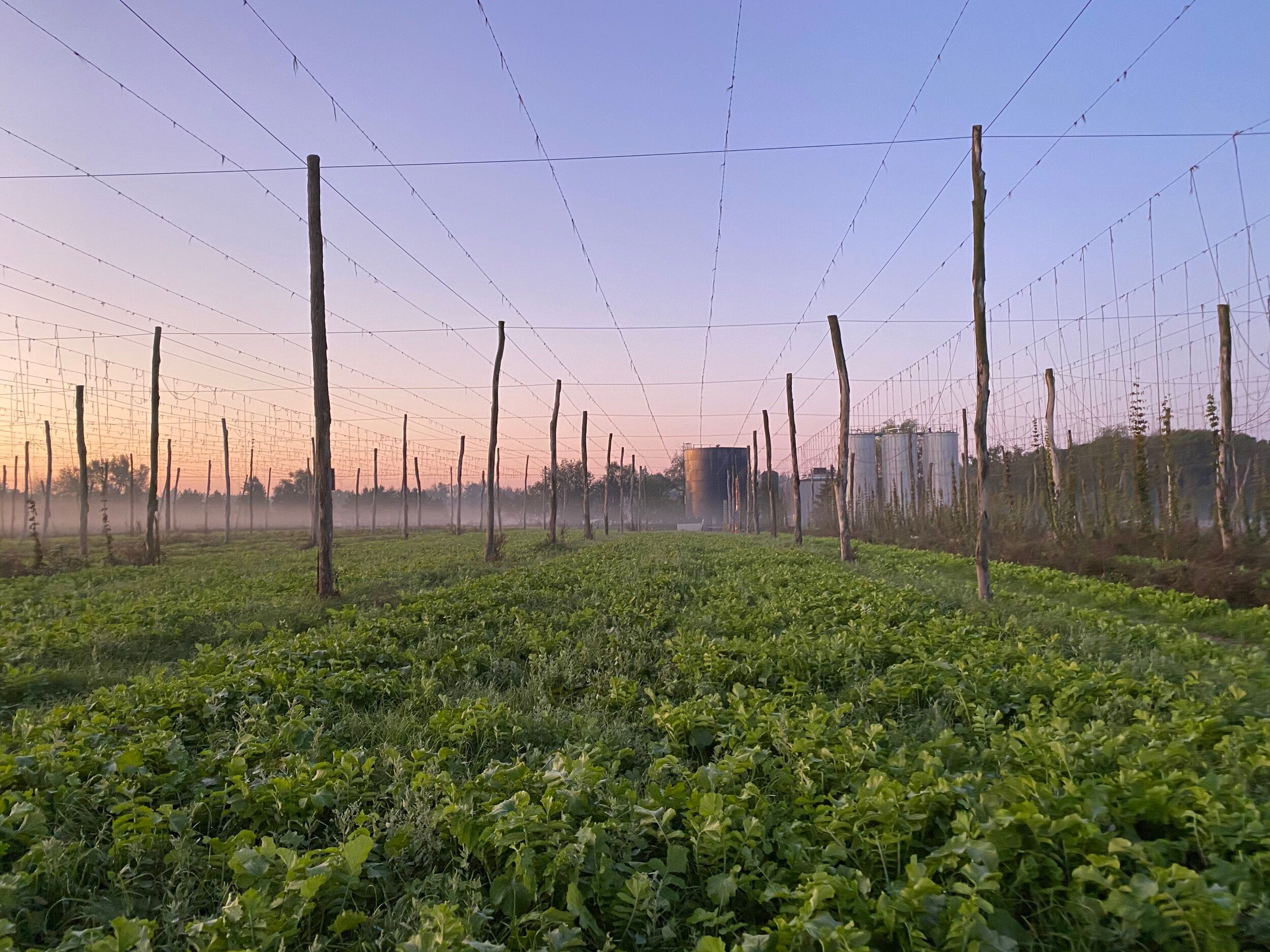



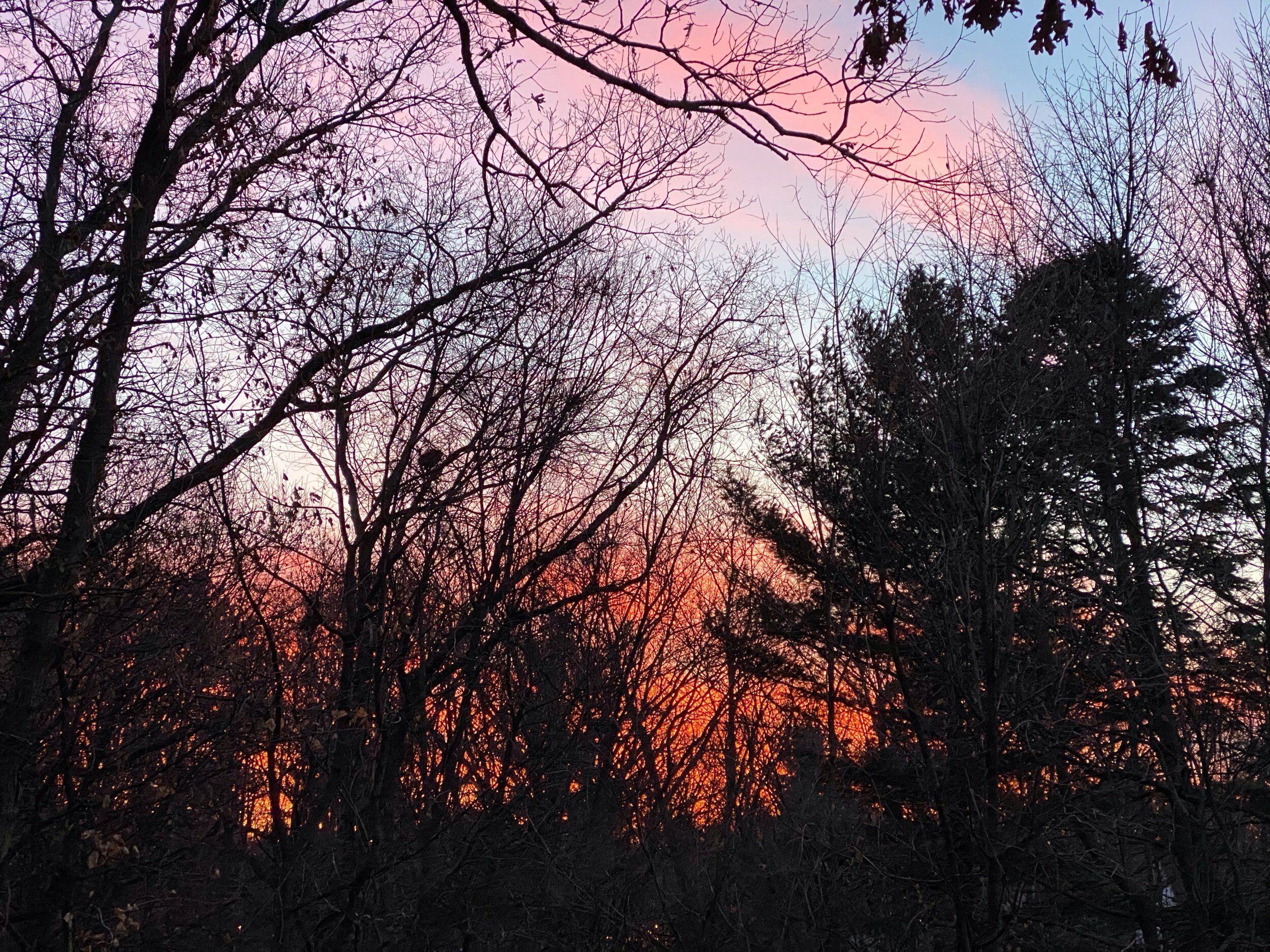



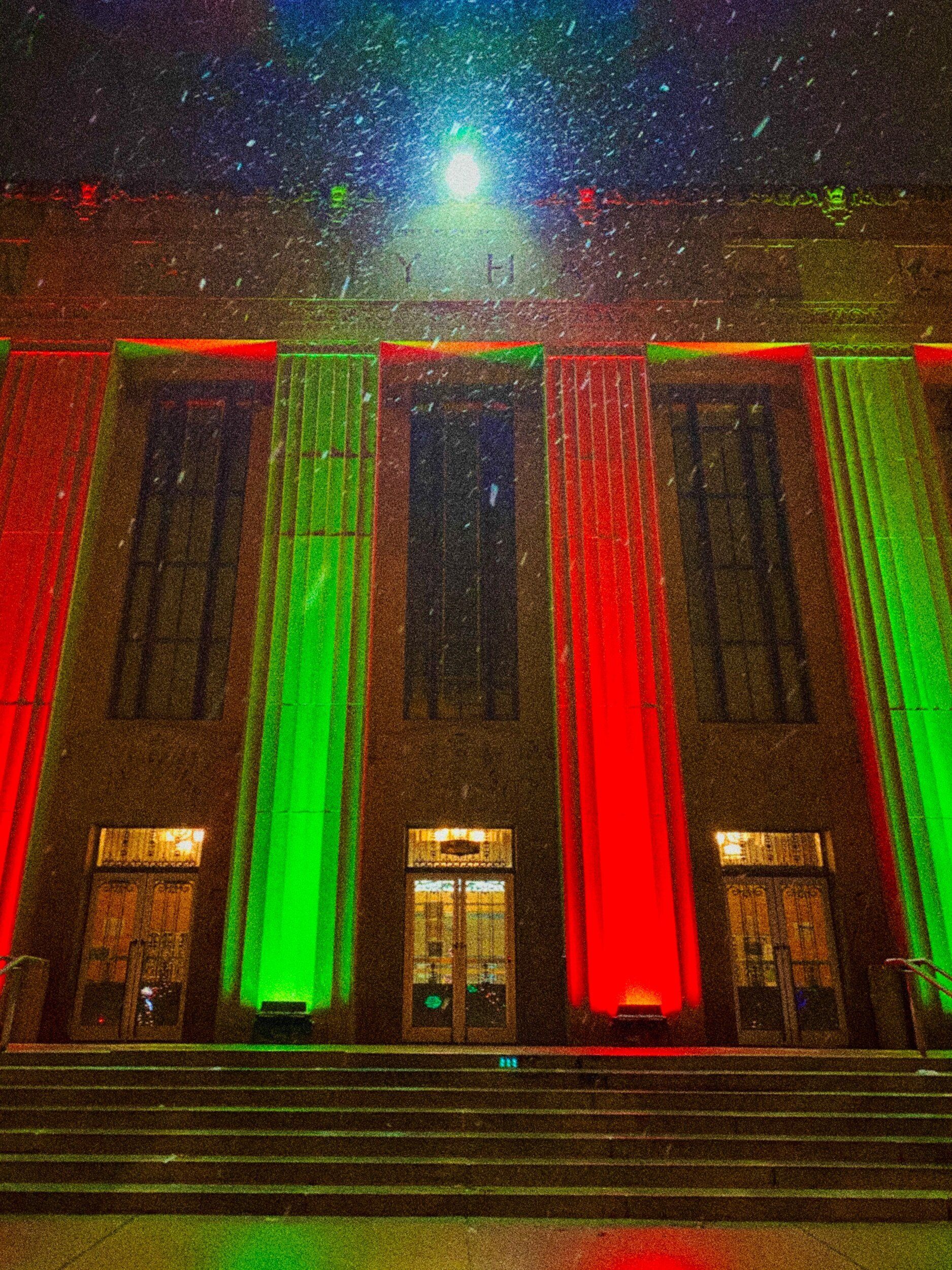

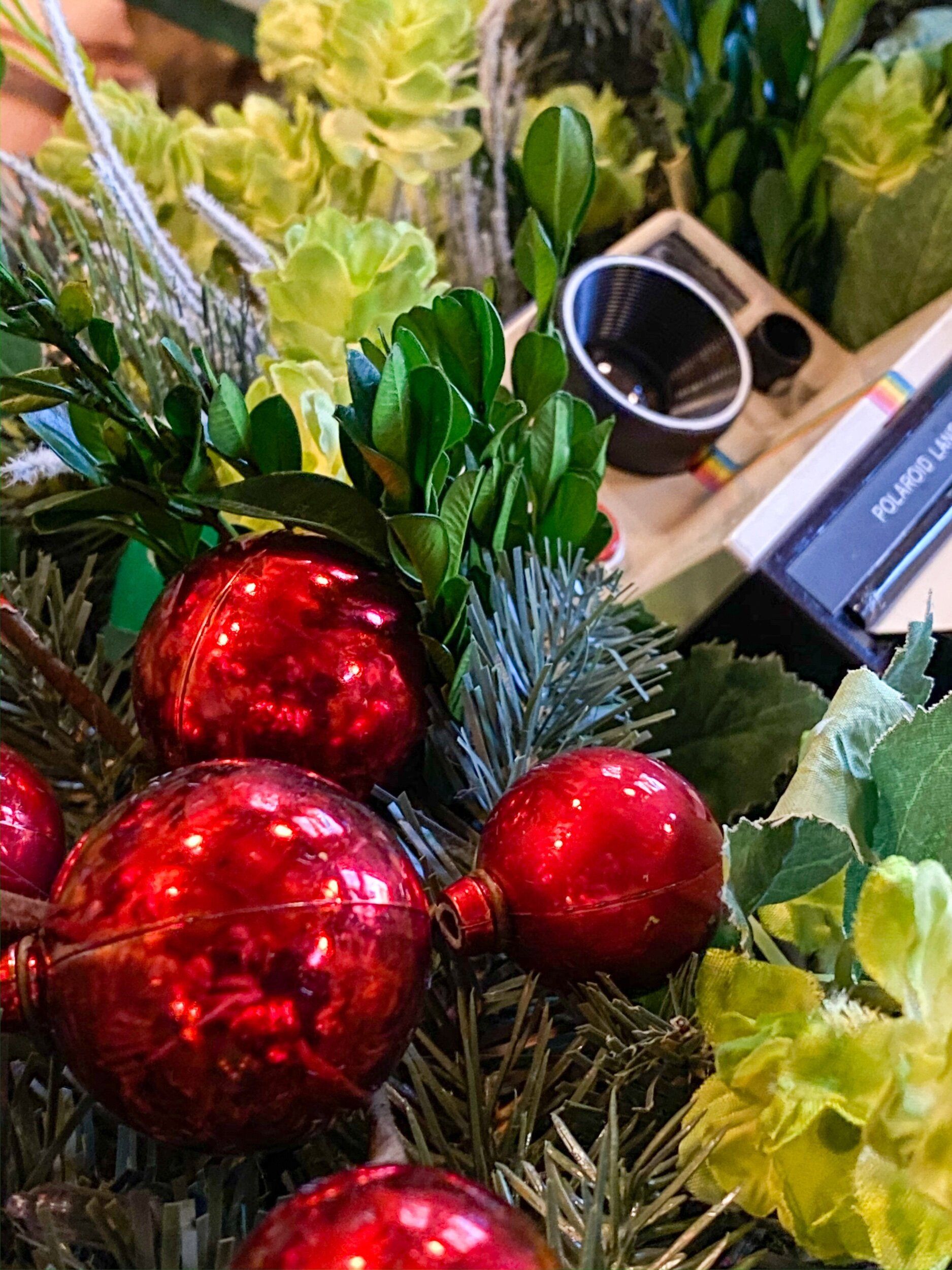
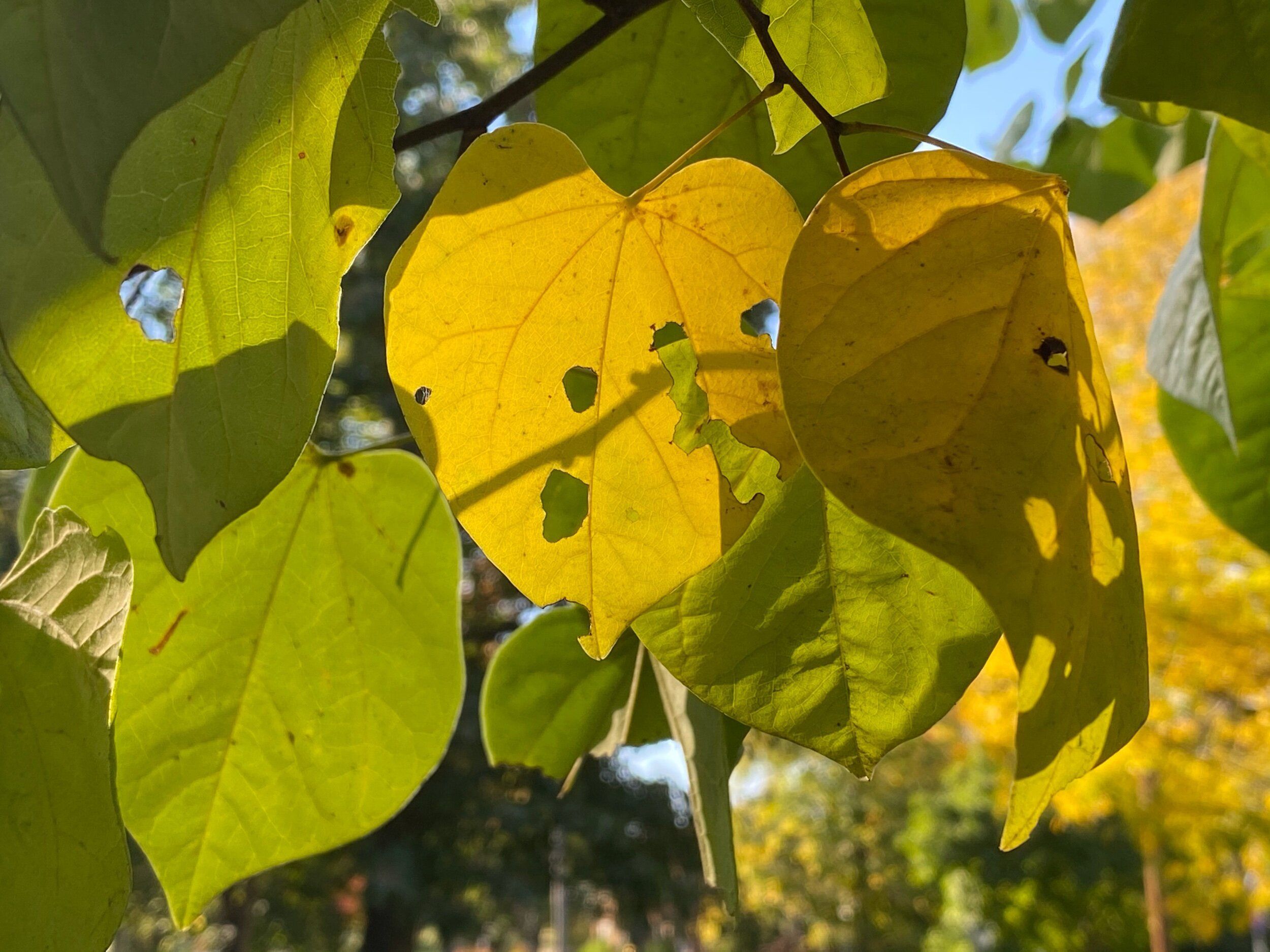
Ultra Wide
When I worked in my local newspaper’s photo department, there were two rules for interns: You could only take one photo of the downtown fountain surrounded by mirrors and you could only submit two photos taken with the fisheye lens.

Cashing in: a photo o f the mirrored fountain taken with the Ultra Wide lens.
Why these rules? Sometimes, as a photographer, you can overuse a certain lens or location, and these were two that interns consistently overused, especially when they had access to a fisheye lens for the first time
Like one of those young photographer, I found myself immediately drawn to the Ultra Wide lens on the iPhone 11 Pro and have used it for about 37 percent of the pictures I’ve taken.
With my DSLR, an ultra wide or fisheye lens would be the last one I would carry with any regularity. First of all, they are expensive and I only rent one a couple times a year for special projects. Second, even if I had one, it’s another lens to carry. Using it would also require switching lenses or carrying a second body. I don’t know many photographers who have this lens as part of their daily kit. They produce a nice effect, but they do not offer a lot of versatility for the cost and extra bulk.
Without the constraints listed above, it’s been a joy having this lens always available on the iPhone. It really opens up so many new kinds of photos and videos that were impossible to capture previously on a camera that fits into your pocket.
The day the phone was released, I headed to Northern Michigan for a good friend’s wedding. Right away I saw the benefit of being to capture groups of people and the surroundings.
But I also quickly remembered that just because an image is wide doesn’t make it good. I would take a dozen pictures with the Ultra Wide thinking they were great because of the new perspective I was seeing only to be disappointed later when I reviewed them.
There’s also an issue with quality. The Ultra Wide angle lens reminds me of the iPhone 4s camera. It captures stunning images in daylight, but indoors or at night, I was a little disappointed with image quality. A lot of this has to do with the distortion that comes shooting so wide. It doesn’t benefit form some of the same low light sensor as the other lenses, not including Dark Mode.


While the quality isn’t the best, the Ultra Wide lens was able to capture this moment of snow falling during a production of Elf: The Musical. I’ll take the perspective over the quality. Distortion with the Super Wide.
As the quality of iPhone lenses and sensors have continued to get better each year and I expected the Ultra Wide to be on par with the rest of the camera system. This isn’t anywhere near a dealbreaker, however. The moments I’ve been able to capture with it, even if they weren’t as good of quality as the other lenses, is worth it.
For landscape images, Ultra Wide is stunning. Something to keep in mind is that the wide angle lens distorts the image, especially if you put it close to something. It’s very easy to take images that do not look like what the eye sees. This can be a fun effect, but isn’t something you can do for every photo. (It’s a lot of fun with dogs).
For a lot of people, this will be their first time holding a camera with such a wide view. If my excitement any indication, I can only imagine theirs.

The greatest benefit of the Ultra Wide
My absolute favorite feature of the iPhone 11 camera system is being able to capture outside of the frame of images taken with the Wide and Telephoto lenses.
This is something that no other camera offers — additional information. If you take a photo or video at 1x or 2x, it will use the other lenses to capture information surrounding it. So if your taking a picture of a running dog and she moves outside the frame, you can crop and add in part of the image outside of the frame.
This is really revolutionary in a lot of ways, something all photographers have probably hoped for at some point. It really is a photography-shifting feature that I thought I was going to miss when going back to other cameras. However, my use of it was relatively short lived. A month or so after the phone was released, Deep Fusion was released in iOS 13.2. This is a new feature of the iPhone 11 and drastically increases the quality of images by “computational photography mad science,” in the words of Apple senior Vice President Phil Schiller.
There’s no way to easily toggle it on or off outside of the Settings app or to see if an image uses Deep Fusion. So I’m back to taking images the old way. I’ll choose the quality of Deep Fusion over the additional information that is captured. This is probably because I’ve been taking pictures without the extended data collection for decades.
I hope Deep Fusion and outside the frame collection comes in future releases.
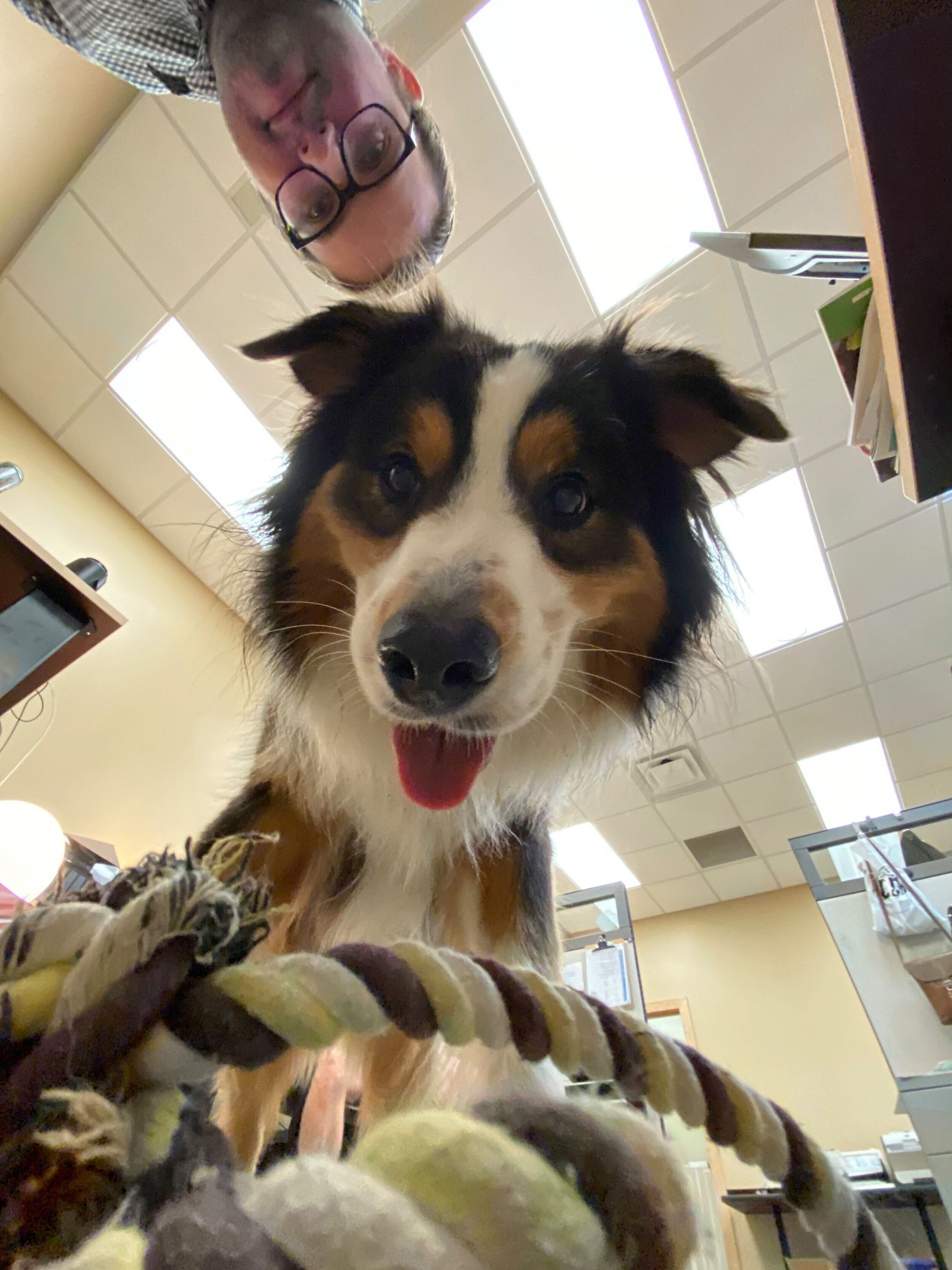
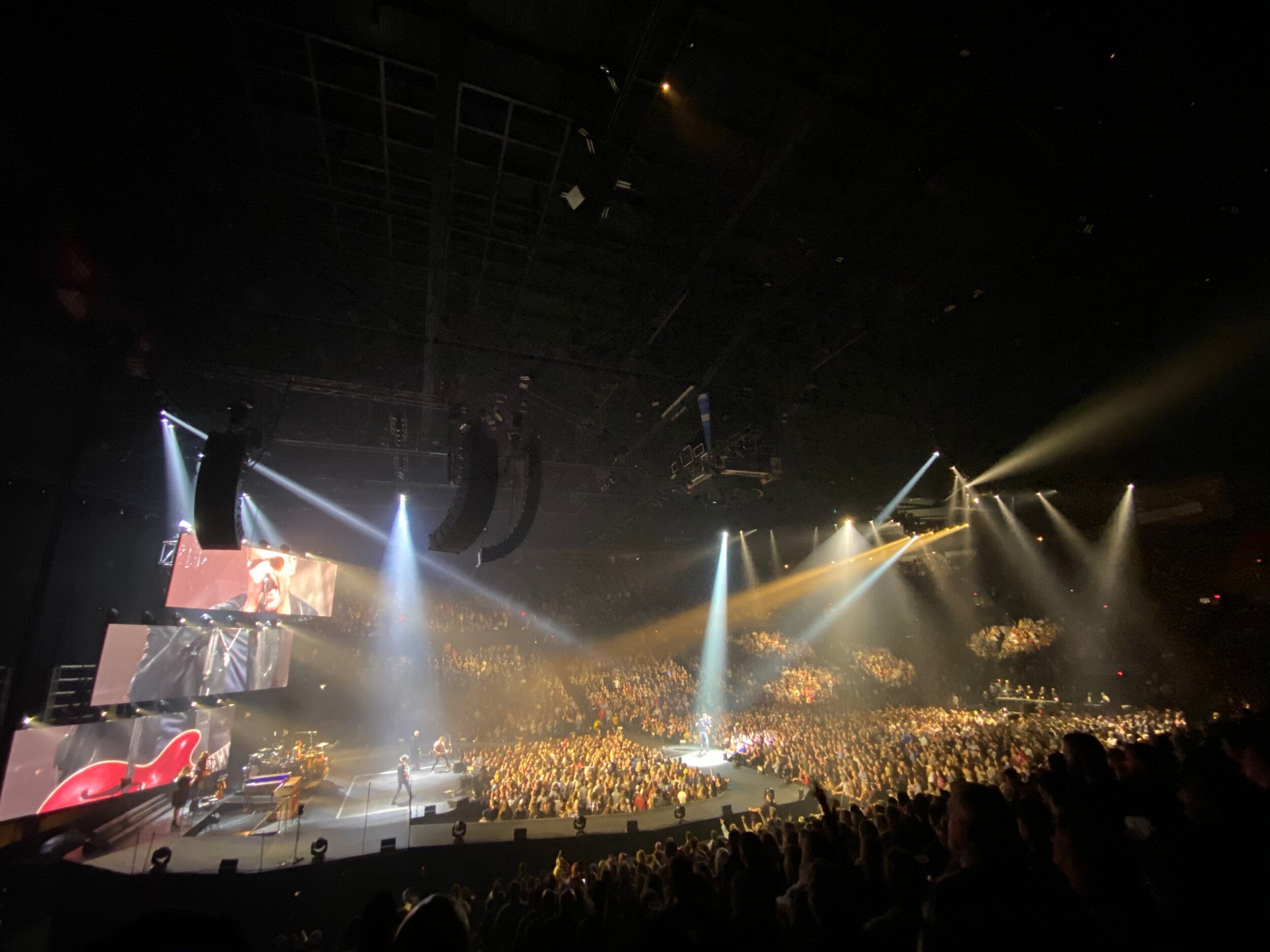


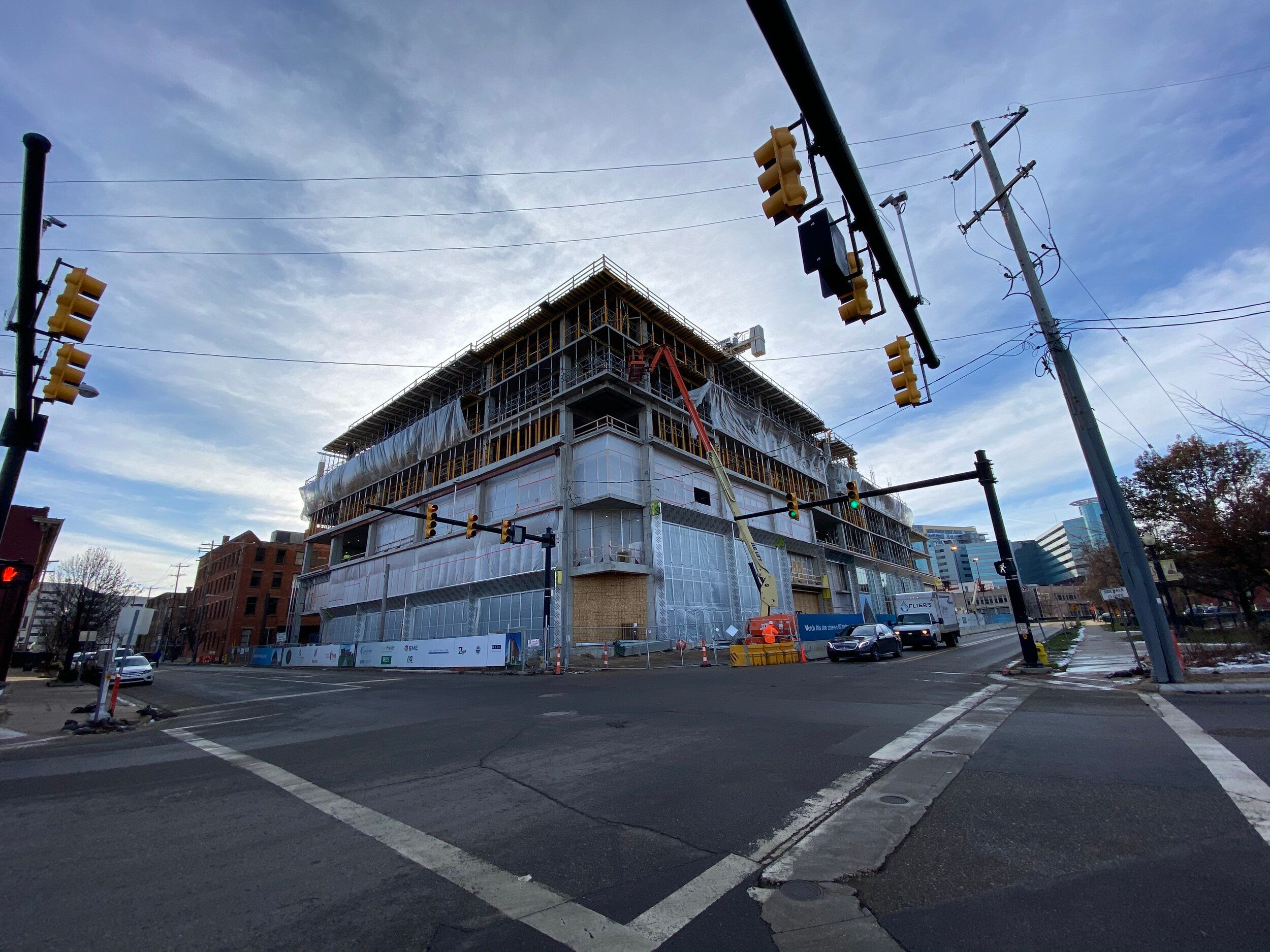
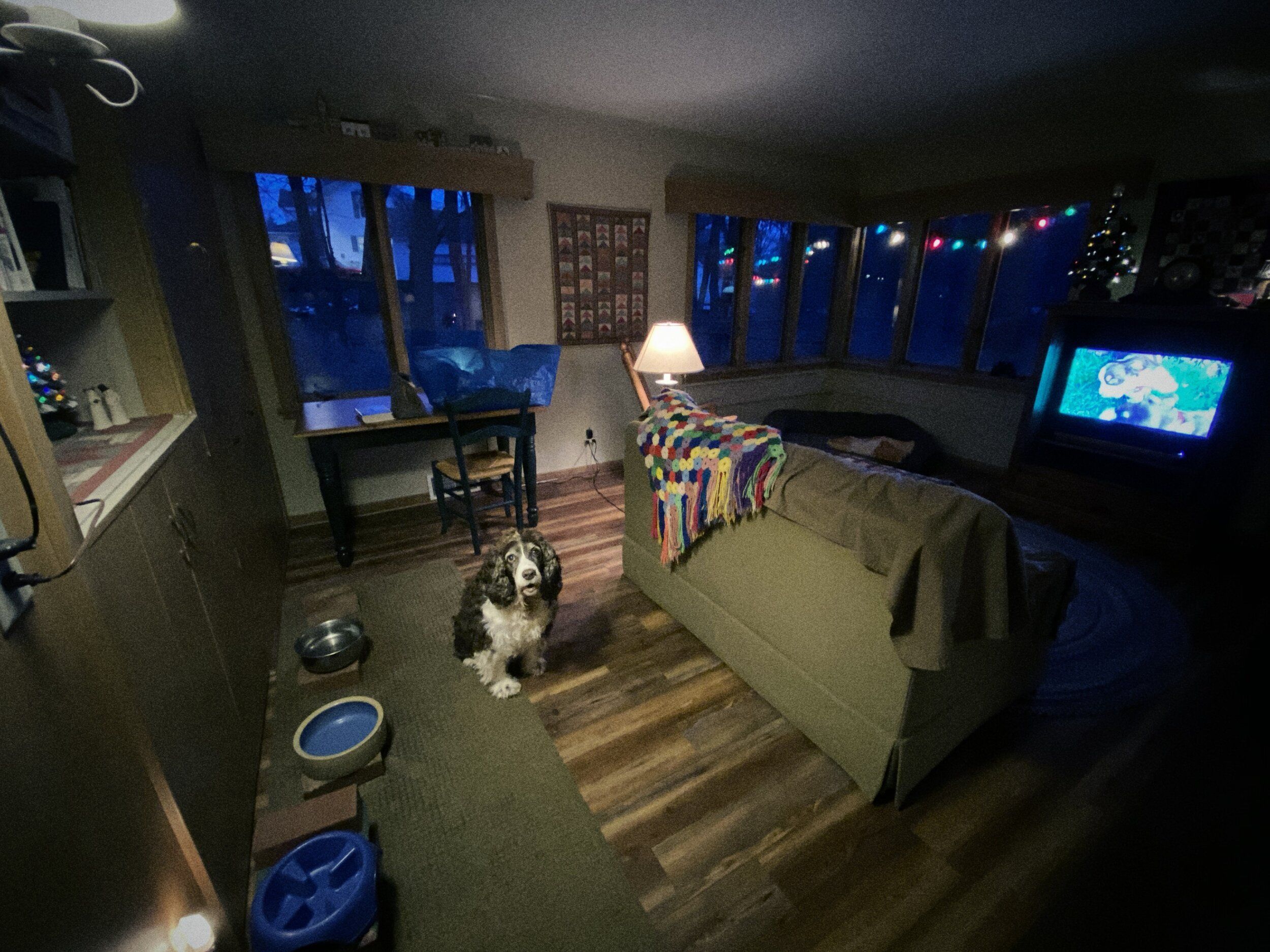





Night Mode
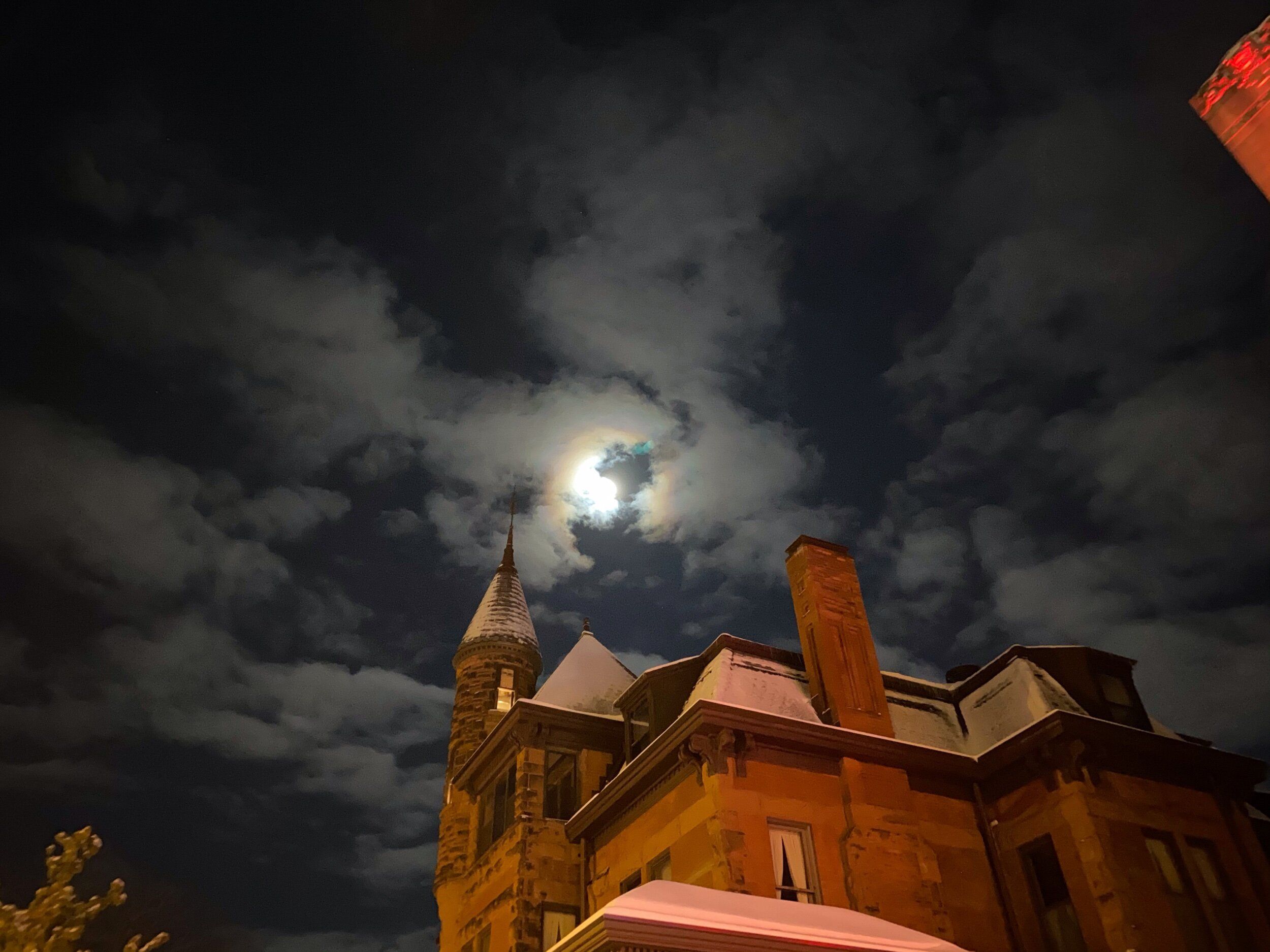
One of the three pillars of photography is Shutter Speed: the longer the shutter is open, the more light can hit the sensor. At night, you almost always need a tripod to get a sharp image that’s properly exposed. But if you leave the shutter open for one, two or three seconds, you can capture light and colors in a way the human eye does not perceive because you are allowing the sensor to soak up the light a longer period of time.
I’ve dabbled with night photography in the past, but didn’t get into it too much because I didn’t like having to carry around a tripod with me. iPhone 11 Pro changes that.
I didn’t realize I was using Night Mode the first time I used it. Unlike turning on the flash manually, Night Mode will activate when it notices low light. When you hit the shutter, it will tell you to hold the phone still for one to three seconds. You can turn it off by swiping on the viewfinder to see the redesigned control panel.
I held the image up to what I could see and they were drastic. The Night Mode photo looked as if there were large baseball field lights nearby.
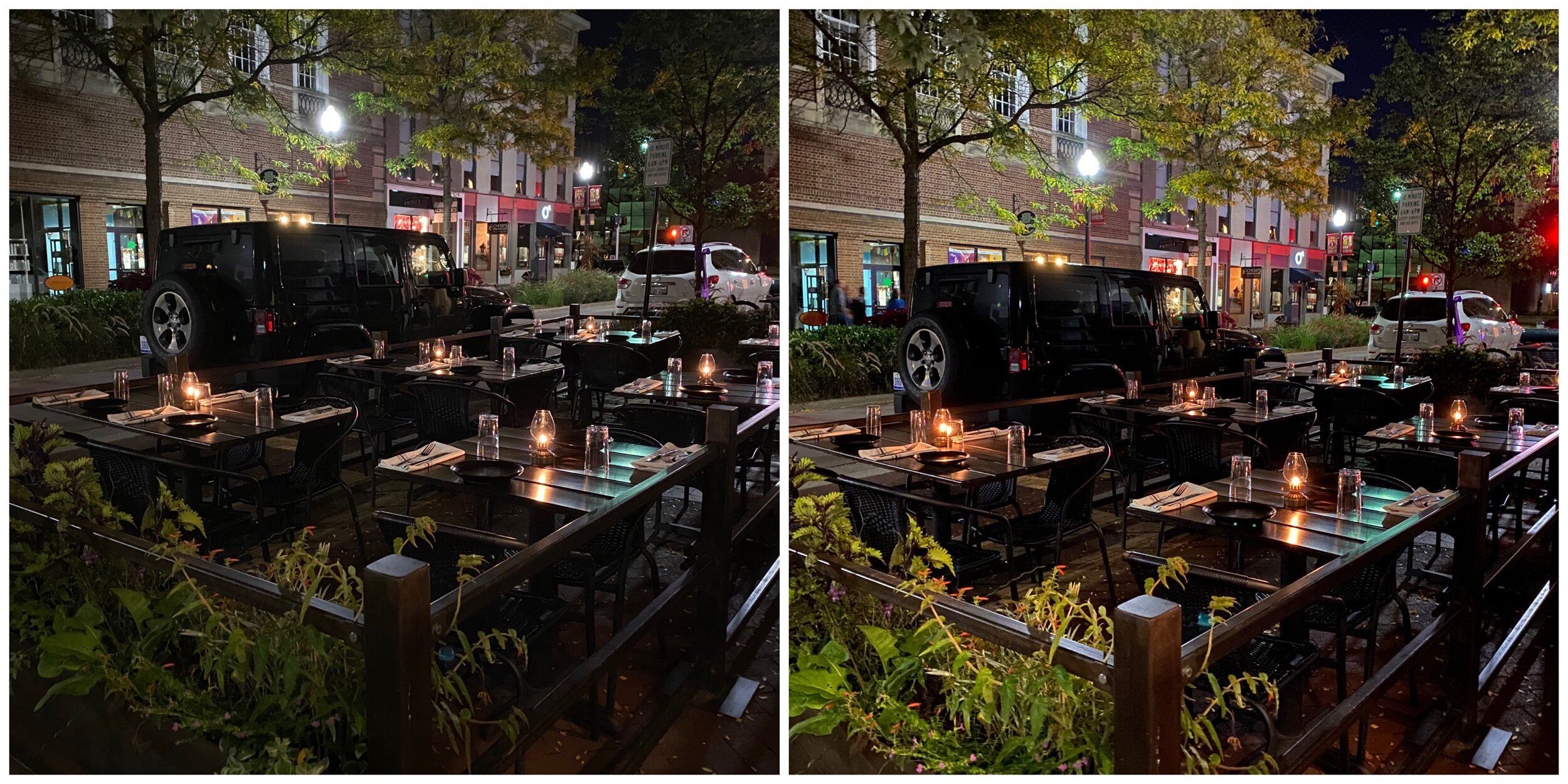
Regular exposure (left) vs Dark Mode (right)
It’s amazing to be able to capture that level of detail. It creates a stunning image that’s free of blur. But after three months of using it, I don’t know what I like more: the standard image or the Night Mode version. However, I’ve noticed friends have been blown away by what Night Mode can do.
One thing Night Mode doesn’t do is capture movement. One neat thing about night photography is when cars or other lights move by, it creates streaks. Night Mode really captures what you see when you press the shutter button and enhances that. If you’re looking for a long exposure app that captures light streaks, check out Spectre.
There’s something about capturing night as we see it. I don’t like the increased colors as I do the more muted and dark ones. I like something in between.
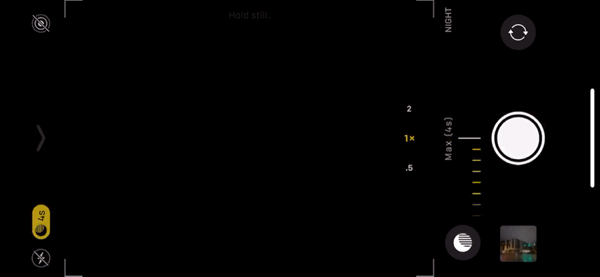
A few steps away for reality
So what do these two new features mean for photography on the iPhone? Is is bad for a camera to capture the world in ways we can’t naturally see it? Not inheritly. A camera is a tools like a pen or a paintbrush — you can create art that is realistic or more fantastic. One great thing about photography is also showing people the world in a way they’ve never seen it, and this iPhone offers two major new ways of doing that.
Using the iPhone 11 Pro is a little jarring at first that it can capture things in ways beyond which the eye can. These are all tools I have used as a photographer, but given the need to carry an extra lens or tripod, rarely used. Now that they fit in the phone in my pocket, I will utilize them more often.
The promise of Computational Photography made with the release of the iPhone XS come true with the 11 Pro. Smart HDR was a stunning addition and has gotten even better. The iPhone 11 camera system is a huge step forward, offering more tools for anyone who takes pictures with it. Night Mode and the Super Wide lens have ushered in the next era of mobile photography, replacing yet again tools and methods unreachable to most people,
Other iPhone 11 Pro observations
- As with other iterations, Portrait Mode has improved significantly.
- The UI redesign of the Camera app is overall nice, but some areas are taking some time to adapt to. Other areas leave me with questions, such as why does the lens selection have three circles in Photos mode but only one in Video? You need to tap it to toggle the different lenses. Strange. But so happy that an iOS 13 update allows you to change the video format settings right in the app.
- All of my selfies are now taken in the wide mode. With the ultra wide lens on the rear camera, I want to the front camera to go even wider.
- I remember the Slofies announcement during in the keynote, but it took me a while to figure out it wasn’t a specific setting, but just shooting slow mo video with the front facing camera.
- Videos are absolutely stunning and the upgrade should be noted.
- I’ve noticed some delays in using the app and switching between different modes on longer shoots. Usually it comes during heavy shooting. No app crashes, just some delays.